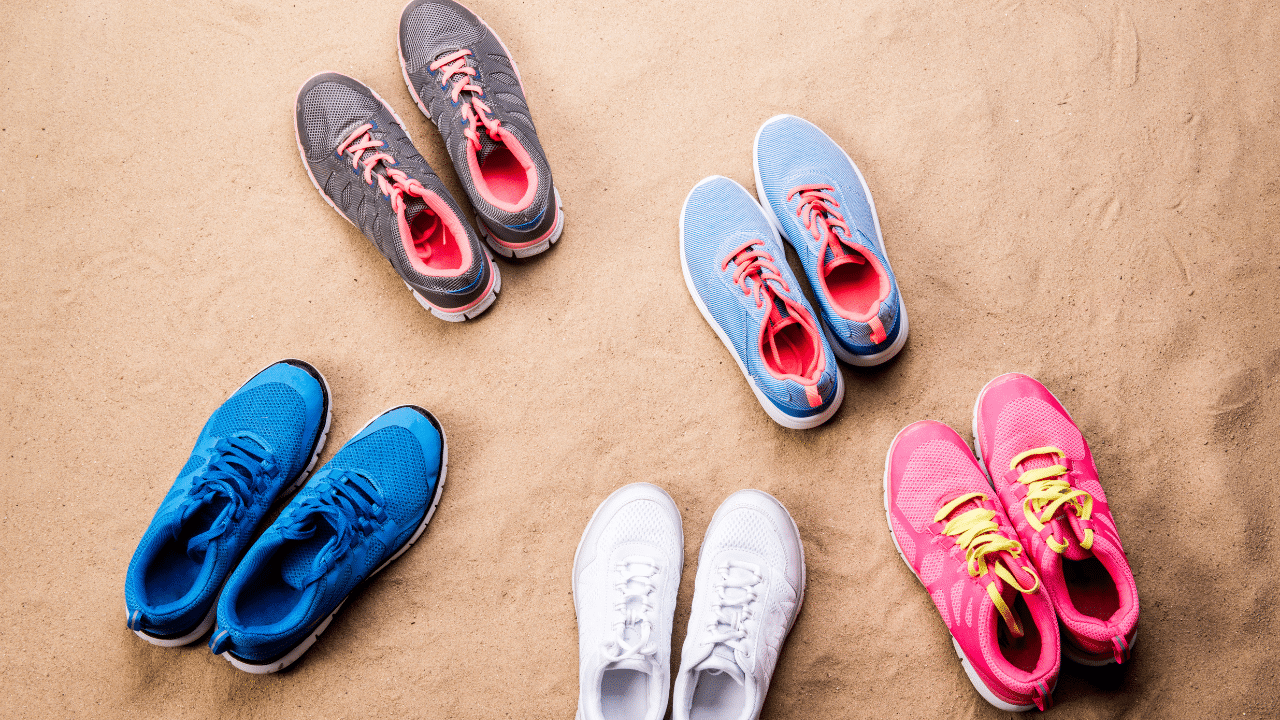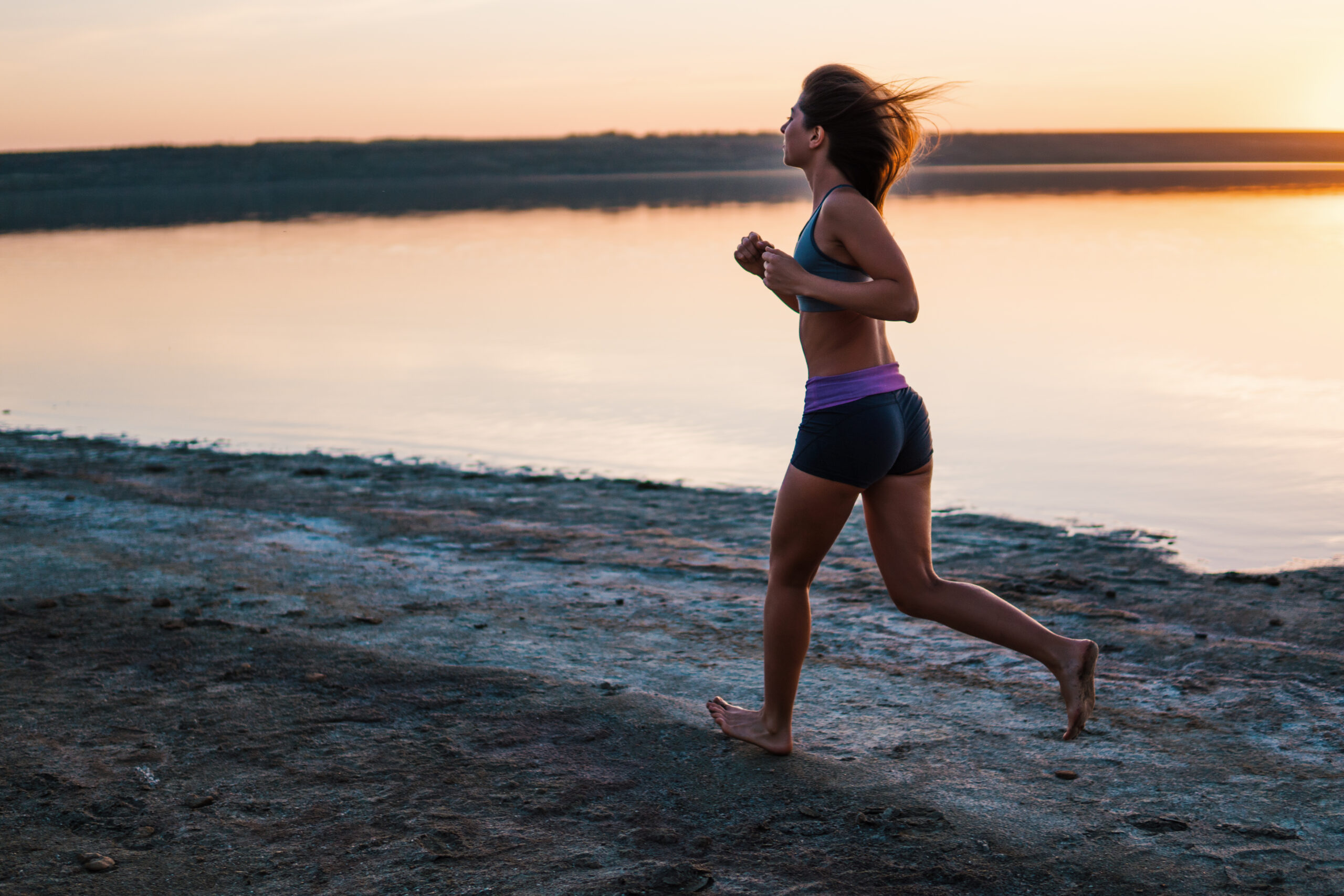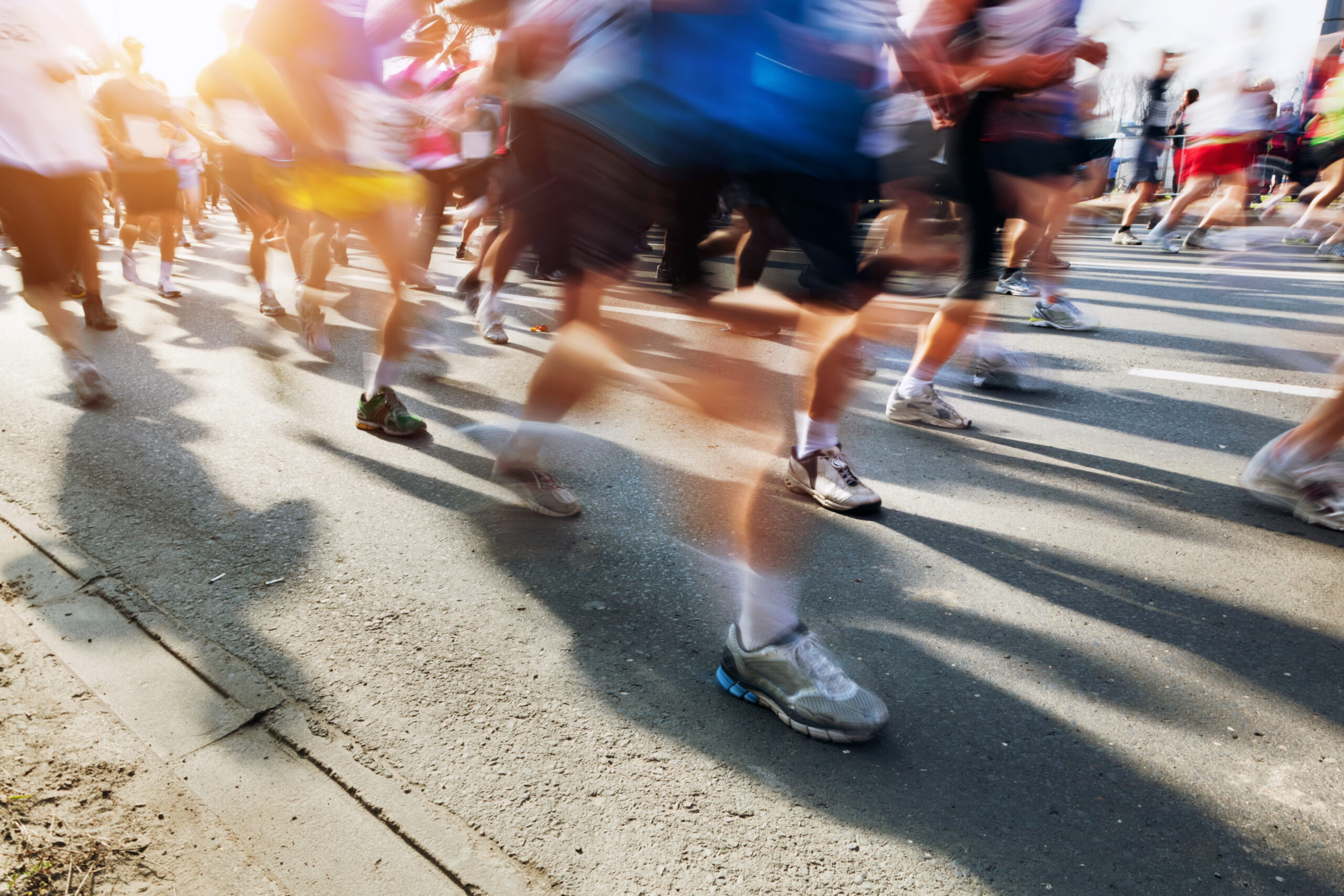
How Should Running Shoes Fit
Whether you’re a casual jogger hitting the pavement on weekends or a seasoned marathon runner with countless miles under your belt, one crucial piece of gear can make or break your running experience: your shoes. The fit of your running shoes is more than just a matter of comfort – it can profoundly impact your performance and even prevent unnecessary injury.
In this comprehensive guide, we will dive deep into why proper shoe fit is essential for runners of all levels. We’ll explore the intricacies of foot anatomy, demystify the process of choosing the right shoe size, offer tips for trying on the perfect pair, and provide valuable insights into getting professional fitting. Let’s lace up and start this journey into the world of running shoe fit.
1) Understanding Foot Anatomy: A Primer on the Mechanics Behind the Fit:
Before you can find the ideal running shoe, it’s essential to understand the sophisticated interplay of bones, muscles, and ligaments that make up your feet. A rudimentary comprehension of foot mechanics can be the key to selecting the right kind of support.
Demystifying Pronation: The Natural Motion of Your Feet
Pronation refers to the natural rolling inward of the foot upon landing during running. For a smooth gait cycle, moderate pronation is ideal. This action helps with shock absorption and the distribution of forces up the leg. Overpronation or supination, however, can indicate possible issues, and the right shoe can help correct for these movements.
2) Choosing the Right Shoe Size: Measuring Fit to Precision:
It’s well known that people often wear the wrong shoe size, which can cause discomfort and, in the case of running, potential long-term damage. Here are the steps you can take to ensure you’re getting the right size for your running shoes.
The Art of Measuring Your Feet
Begin by measuring your feet at the end of the day when they are at their largest due to daily activity and gravity. Stand up when being measured and make sure the ball of your foot lines up with the widest point of the measuring device.
[optin-monster slug=”u9ogigt36k4zbwkxi5az” followrules=”true”]
3) Understanding Comparative Sizing Across Brands:
Shoe sizes can vary between brands and even models. A size ten in one brand might feel completely different than a size ten in another. Always check for sizing guides when switching brands or models.
4) Considerations for Different Foot Types: A Personalized Approach to Fit
Each pair of feet is unique, and certain attributes can require specific fit adjustments. Let’s look at how flat feet, high arches, and neutral feet may need customized shoe accommodations.
Flat Feet: Finding the Right Support
Those with flat feet often overpronate. Look for shoes with a firm midsole and pronounced stability features to help combat this natural leaning too far inward.
High Arches: The Need for Flexibility
High arches can lead to underpronation, where the foot doesn’t roll in enough. Cushioning and shoes with more flexibility can be beneficial for absorbing more impact in these cases.
Neutral Feet: The Balanced Approach
If you have a neutral arch, you’re in luck, as you have a wide range of shoe types available. You’ll want to look for something that doesn’t interfere with your natural pronation patterns.
5) Factors to Consider for a Proper Fit: Beyond Just the Numbers:
Shoe size is only part of the equation when it comes to fit. Here’s what else to consider to make sure your shoes feel tailor-made for your feet.
Proper Toe Box Space: The Golden Rule
Your toes should have enough space to wiggle without the shoe being too loose. A general rule of thumb is to have a half-inch between your longest toe and the front of the shoe.
The Right Width: Not All Feet Are Created Equal
Shoes come in various widths because not all feet are of uniform girth. Make sure the width allows your foot to sit comfortably without any pressure points.
Heel and Arch Support: The Backbone of the Fit
The heel should be snug with minimal slippage to prevent blisters, while the arch support should align with the natural arch underneath your foot, not dig into it.
6) Common Mistakes in Shoe Fit: And How to Avoid Them:
As with any important decision, there are pitfalls to be wary of in the quest for proper shoe fit. Here are some common missteps to sidestep.
The Clinging Shoe: Why Tightness is Not Rightness
Some runners choose shoes that are too small, thinking they will stretch with time. However, this can lead to discomfort and even toenail damage.
The Roomy Dilemma: When Loose Shoes Lead to Problems
On the other hand, excessively loose shoes can cause your foot to slide around, leading to hot spots and a less efficient gait.
7) The Typecast Mistake: Choosing the Wrong Shoe for Your Run:
Racing flats and minimalist shoes may be trendy, but they’re not for everyone. Be sure to match your shoe choice with your running style and needs.
8) Proper Shoe Fit for Different Running Styles: One Size Doesn’t Fit All
The type of running you do can greatly influence the kind of shoe you need in terms of cushioning, support, and structure. Let’s break down the ideal fit for different running activities.
Sprinting: Close to the Ground
Sprinters often prefer closer-fitting shoes with less cushioning and lower profiles for a more responsive feel, but enough support to handle the added pressure of speed.
Long-Distance Running: Comfort Over the Long Haul
Endurance runners need a well-cushioned, supportive shoe with extra room for the inevitable foot swelling that comes with longer races or training sessions.
Trail Running: The Sturdy Edge
Trail shoes typically need to be slightly larger to accommodate the extra impact and varying terrain. They also need to have more aggressive treads for traction.
9) Tips for Trying on Running Shoes: The Fitting Room Challenge:
Now that you know what to look for, how do you make sure a shoe feels just right? Here are some expert tips for your next trip to the running store.
Try Shoes on Both Feet
Feet are rarely the exact same size, so neither should your shoes be. Always fit to the larger of your two feet.
Lace Up Correctly
Practice lacing up the shoes like you would on a run. The fit can change with different lacing techniques, so make sure they feel good how you intend to wear them.
Walk and Run in the Shoes
Don’t be shy about taking a lap or two around the store to test out how the shoes feel. A good running store will encourage this to make sure the fit is right.
10) The Importance of Professional Fitting: More Than Just a Sales Pitch:
While online shopping is convenient, there’s no replacement for the expertise of a professional when it comes to finding the right running shoe. Let’s explore what a professional fitting can offer.
A Tailored Experience
A running specialist can assess your gait and foot type, and then make recommendations based on their observations and the individual characteristics of your feet.
The Fitting Process
A professional fitting involves much more than simply measuring your feet. It’s a dialogue that takes into account how you run and what you’re looking for in a shoe.
The In-Store Advantage
Being in a store allows you to try a variety of shoes on the spot and get instant feedback from the fitter. This level of personalization is hard to replicate online.
Conclusion: A Well-Fitted Running Shoe is a Runner’s Best Friend
When it comes to running, the right shoe fit is non-negotiable. It’s about more than just comfort – it’s a critical factor in achieving your running goals and maintaining your health. By understanding the intricacies of your feet and taking the time to find a properly fitting shoe, you’re investing in your running journey. So here’s to happy feet, blister-free miles, and many successful runs in your perfectly fitting running shoes.





